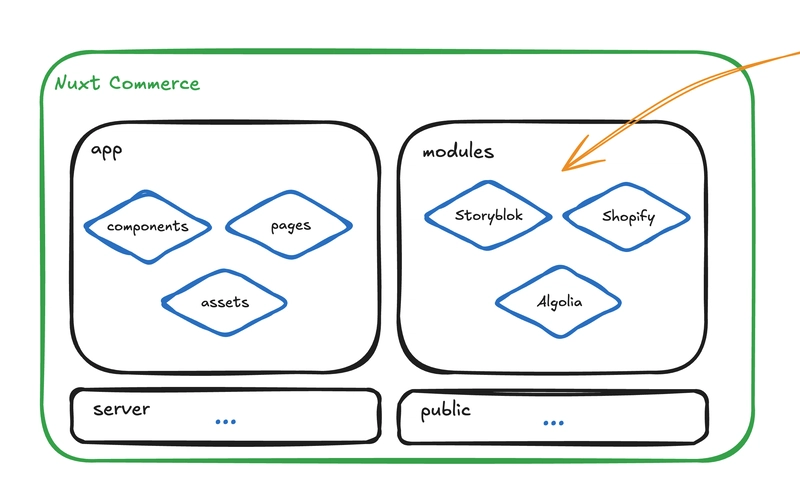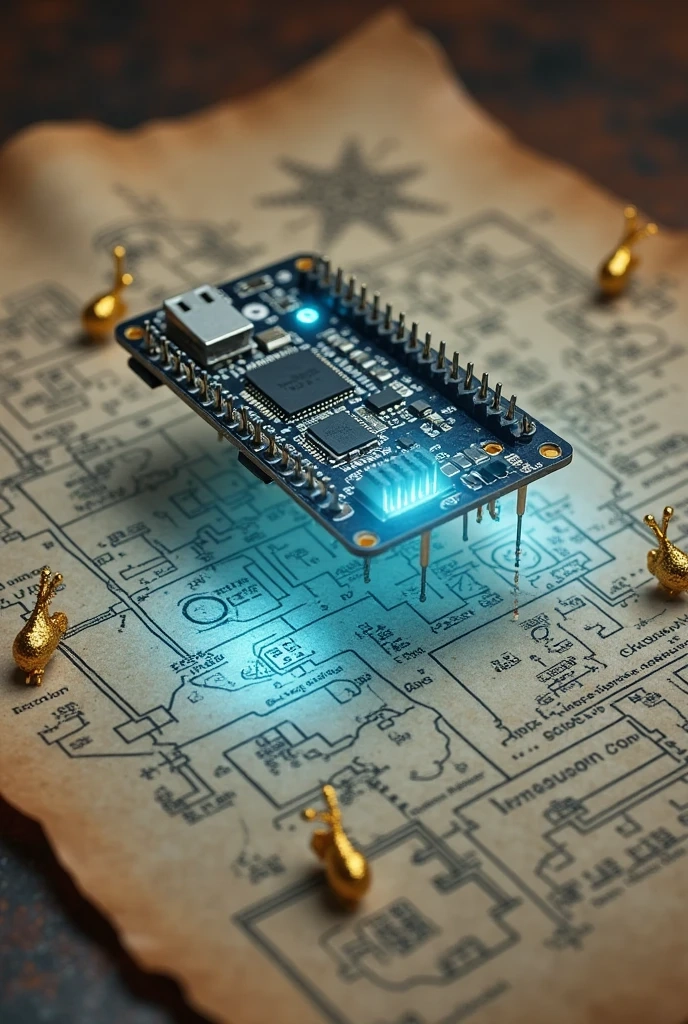Game UI/UX Design: Dos and Don'ts of Creating Engaging and Natural Interfaces
The impact a game interface can have on a great player experience versus a letdown The Power of UI/UX to Change the Game in Game Design Think about releasing a highly anticipated game only for players to quit after a few minutes—not because the graphics are subpar or the narrative is bad, but because the interface is clunky and confusing. This is more common than you know. UI (User Interface) and UX (User Experience) in game development are just as crucial as game mechanics. Proper UI/UX ensures players remain engaged, immersed, and cheerful. So, how do you create an interface that enhances rather than detracts from the experience? Let's look at game UI/UX best practices that can allow developers to create games that are intuitive, seamless, and fun. Keep It Simple: The Power of Minimalism The error that game UI design typically commits is overwhelming the player with too many things at once. Players need to have an immediate idea how to navigate menus, access inventory, and engage with the game environment without getting confused. ✅ Use short, descriptive names for buttons and actions. ✅ Keep screen elements minimal to avoid clutter. ✅ Be consistent with the layout to avoid the need for players to relearn controls.

The impact a game interface can have on a great player experience versus a letdown
The Power of UI/UX to Change the Game in Game Design
Think about releasing a highly anticipated game only for players to quit after a few minutes—not because the graphics are subpar or the narrative is bad, but because the interface is clunky and confusing.
This is more common than you know. UI (User Interface) and UX (User Experience) in game development are just as crucial as game mechanics. Proper UI/UX ensures players remain engaged, immersed, and cheerful.
So, how do you create an interface that enhances rather than detracts from the experience? Let's look at game UI/UX best practices that can allow developers to create games that are intuitive, seamless, and fun.
- Keep It Simple: The Power of Minimalism The error that game UI design typically commits is overwhelming the player with too many things at once. Players need to have an immediate idea how to navigate menus, access inventory, and engage with the game environment without getting confused.
✅ Use short, descriptive names for buttons and actions.
✅ Keep screen elements minimal to avoid clutter.
✅ Be consistent with the layout to avoid the need for players to relearn controls.









































































































































































![[The AI Show Episode 142]: ChatGPT’s New Image Generator, Studio Ghibli Craze and Backlash, Gemini 2.5, OpenAI Academy, 4o Updates, Vibe Marketing & xAI Acquires X](https://www.marketingaiinstitute.com/hubfs/ep%20142%20cover.png)































































































































![[DEALS] The Premium Learn to Code Certification Bundle (97% off) & Other Deals Up To 98% Off – Offers End Soon!](https://www.javacodegeeks.com/wp-content/uploads/2012/12/jcg-logo.jpg)

![From drop-out to software architect with Jason Lengstorf [Podcast #167]](https://cdn.hashnode.com/res/hashnode/image/upload/v1743796461357/f3d19cd7-e6f5-4d7c-8bfc-eb974bc8da68.png?#)








































































































.png?#)


































_Christophe_Coat_Alamy.jpg?#)



.webp?#)






































































































![Apple Considers Delaying Smart Home Hub Until 2026 [Gurman]](https://www.iclarified.com/images/news/96946/96946/96946-640.jpg)
![iPhone 17 Pro Won't Feature Two-Toned Back [Gurman]](https://www.iclarified.com/images/news/96944/96944/96944-640.jpg)
![Tariffs Threaten Apple's $999 iPhone Price Point in the U.S. [Gurman]](https://www.iclarified.com/images/news/96943/96943/96943-640.jpg)

































































































































